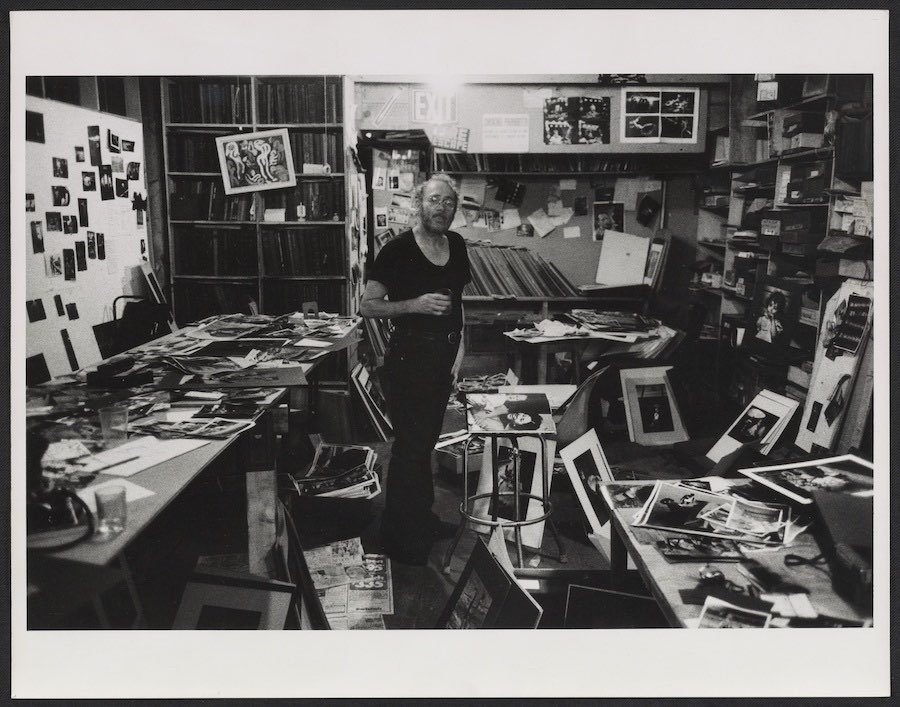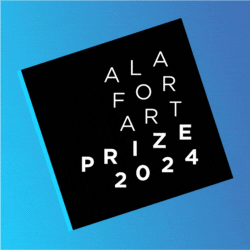
English version below
Le immagini di W. Eugene Smith raccolte nella mostra Pittsburgh, Ritratto di una città industriale, esposte al MAST fino al 16 settembre 2018 – a cura di Urs Stahel – raccontano un’epoca ormai estinta, un’epoca di fabbriche, grandi industrie e vita all’ombra degli stabilimenti che davano lavoro a migliaia di cittadini.
Un pezzo di storia che è oggi irrimediabilmente cambiato o, più spesso, che non esiste più, come non esiste nessun altro fotografo in grado di imprimere così tanta profondità ai chiaroscuri dei propri paesaggi e dei propri ritratti. Le immagini di Smith lo rendono infatti non soltanto un fotoreporter ma un artista, e più di tutto un demiurgo, che attraverso le sue immagini crea un mondo che rispecchia i suoi personali valori e significati. Per questo nelle fotografie di Smith ritroviamo spesso dicotomie precise e puntuali, come luce/buio, acqua/fuoco, solido/liquido, lavoro/riposo, gigante/minuscolo, mobile/immobile, uomo/macchina e così via. Un sistema di riferimenti e indicazioni che trovano valore nella vita come nel lavoro di fotografo e artista; un modo di vedere il mondo che diventa un modo di farlo vedere agli altri.
La scelta dei soggetti, sempre impegnati, così come la difficoltà nel gestire la loro presentazione e la ricerca continua dell’esaustività della fotografia, riportano all’idea principale del grande Midwest, che era in fondo il credere che il fotografo non stia, al momento dello scatto, “ritagliando” una porzione di reale, ma che invece questi lo stia creando, quel mondo, attraverso quell’immagine. La sua tensione andava verso l’assoluto. Non una presunzione ma un’assunzione di responsabilità, un atteggiamento quasi religioso nella ricerca continua della verità, dell’essenza.
L’essenza della città, delle sue attività e dei suoi abitanti, che con tanto sforzo Smith ha cercato di rappresentare, senza arrivare mai alla soddisfazione del suo desiderio: non fu mai infatti contento del risultato di quella ricerca, durata anni, che compì sulla città, producendo in realtà il corpus di un’opera senza precedenti, una vera e propria “ode alla città”.

La mostra, che comprende 170 stampe provenienti dal Carnegie Museum of Art di Pittsburgh e dall’archivio della Fondazione MAST, racconta attraverso volti, paesaggi urbani, industriali e residenziali, momenti di lavoro e di festa, e naturalmente fabbriche: la storia e l’anima di una delle città industriali più importanti al mondo, un luogo stratificato in cui la cultura e la produttività hanno sempre convissuto, cercando di vivere in armonia.
Ancora una volta ragionando in termini religiosi, le immagini paiono a volte rappresentare l’inferno – buio o al contrario accecante, freddo o al contrario ribollente, sempre contrastato e in movimento – all’interno (ma anche all’esterno) delle fabbriche, un inferno che occorre attraversare per arrivare al paradiso che il buon lavoratore raggiungerà invariabilmente, mentre un placido paradiso di acque calme dei due grandi fiumi della città fanno da sfondo a paesaggi urbani (a volte un po’ deprimenti), feste di quartiere e gruppi di bambini che giocano in strada (un’attenzione particolare va ai curiosi nomi delle vie di Pittsburgh).
Quello rappresentato è certamente solo uno degli aspetti del lavoro, impegnato e per questo tormentato, del grande fotografo, i cui reportages fanno parte della memoria visiva di gran parte della popolazione del mondo; importante però perché rappresenta, come tante altre sue opere, la sua costante ricerca, una ricerca il cui fulcro rimane l’uomo, il suo essere umano, cioè fragile e tenacissimo al tempo stesso, le sue attività e la sua naturale tendenza verso l’assoluto.
La mostra rimane aperta fino al 16 settembre.

W. Eugene Smith – La Pittsburgh di W. Eugene Smith
MAST di Bologna
Until 16 September 2018
Curated by Urs Stahel
The images by W. Eugene Smith, brought together in the show Pittsburgh, portrait of an industrial city, on view since May 17th, recall an era which is now almost completely over, an era of factories, big industries and the life in the shade of the plants that gave work to thousands of people.
This is a piece of history which has now totally changed or does not exist anymore, as there is no longer another photographer able to give so much depth to his landscapes and portraits light and shade. Smith’s pictures make him not only a photo reporter but an artist, and moreover a demigod, creating through his photos a world that mirrors his personal values and senses. This is why inside Smith’s photographs we often find precise and accurate dichotomies, such as light/darkness, water/fire, solid/liquid, work/rest, giant/tiny, moving/motionless, man/machine and so on. A references and indications system that finds its importance in life and inside the photographer and artist’s work; a way of seeing the world that becomes a way of letting others see it so.
The themes choice, always socially important ones, together with the hurdles of handling their presentation and the unstoppable research for photography’s completeness, bring back to the main idea of this Midwest master, which was in the end the belief that the photographer, as he/she is taking the picture, is not really in the act of “cutting” a piece of reality, but that he/she is creating, through the shot, that reality. He was drifting to the absolute. Which was not a sign of arrogance but a responsibility undertaking, an almost religious attitude in the never-ending research of truth and essence.
The essence of a city, its activities and its citizens, that, with a supreme effort, Smith tried to represent, never coming to the complete satisfaction of his desire: he has never been happy of the result of his investigation on the city, which lasted several years, but actually produced the corpus of an unprecedented body of work, a true “ode to a city”.
The exhibition, that includes 170 prints coming from Pittsburgh Carnegie Museum of Art and the archive of Fondazione MAST, narrates through faces, urban, industrial and residential landscapes, moments of work and celebrations, and obviously the factories, the history and soul of one of the world most important industrial cities, a stratified place where culture and productivity always lived together, trying to coexist peacefully.
Once again thinking in a religious perspective, the images look like they represent hell – dark or, on the contrary, dazzling, cold or on the contrary boiling over, always contrasted and moving – inside (but also outside) the factories, a hell that has to be crossed to get to the heaven that the good worker will definitely reach, whereas a calm paradise made of the flat waters of the two big rivers of the city are in the background of urban landscapes (sometimes a bit depressing), neighborhoods parties and kids groups playing in the streets (a special attention is given to the funny names of Pittsburgh roads).
What is represented here is for sure just an aspect of the work, that has always been deep and for that reason anguished, of this photography master, which reportages are part of the visual memory of a great part of the world population; it is important as it represents, as many other works of his, Smith’s continuous quest, a quest which turning point is the human being, its being human, that is to say fragile and extremely tenacious at the same time, its activities and its natural tendency to the absolute.
The exhibition is on view until September 16th.













